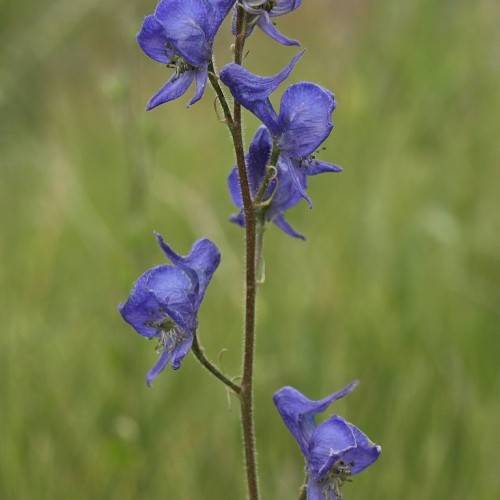
Columbia Monkshood
Aconitum columbianum subsp. columbianum
Watering:
Frequent
Hardiness Zone:
Sun:
full sun,part shade
Leaf:
Yes
Growth Rate:
Low
Drought Tolerant:
Yes
Salt Tolerant:
Yes
watering
Small-Flowered Bird's-Foot Trefoil (Acmispon parviflorus) should be watered regularly during the growing season from the time of planting until flowering and seedpod formation. When first planted, water the plant deeply to allow the root system to take hold. After that, water with 1-2 inches of water each week only when the soil has dried out. Once the plant begins to flower, reduce the frequency of watering to every other week. During hot weather or extended periods of drought, water more frequently to prevent wilting. Allow the soil to dry slightly between waterings. Reduce the amount of water after flowers and seedpods form. Let the soil dry out just enough to promote seed formation.
sunlight
Small-Flowered Bird's-Foot Trefoil thrives in direct sunlight and does best when exposed to full sun, during the peak daylight hours of 10 to 6pm. The ideal location for this plant species is in a warm climate, with average temperatures between 10 and 25 degrees Celsius (50 and 77 degrees Fahrenheit). For optimal growth, it should receive a minimum of 8 hours of sunlight per day. For maximum performance, 12 to 16 hours of direct sunlight is recommended. During winter, when daylight hours are fewer, this plant should be kept sheltered from the cold temperatures for maximum survival rate.
pruning
Small-Flowered Bird's-Foot Trefoil can be pruned when it begins to get too large or begins to produce too many seed heads. Mild pruning of the stems and leaves can be done in late winter or early spring, when the shoots are still small, to promote a more compact, bushier habit. Deadheading spent flowers as they appear throughout the growing season is beneficial as it will allow for continual blooming. If more drastic pruning is necessary, it can be done in late winter or early spring, before new growth starts.
